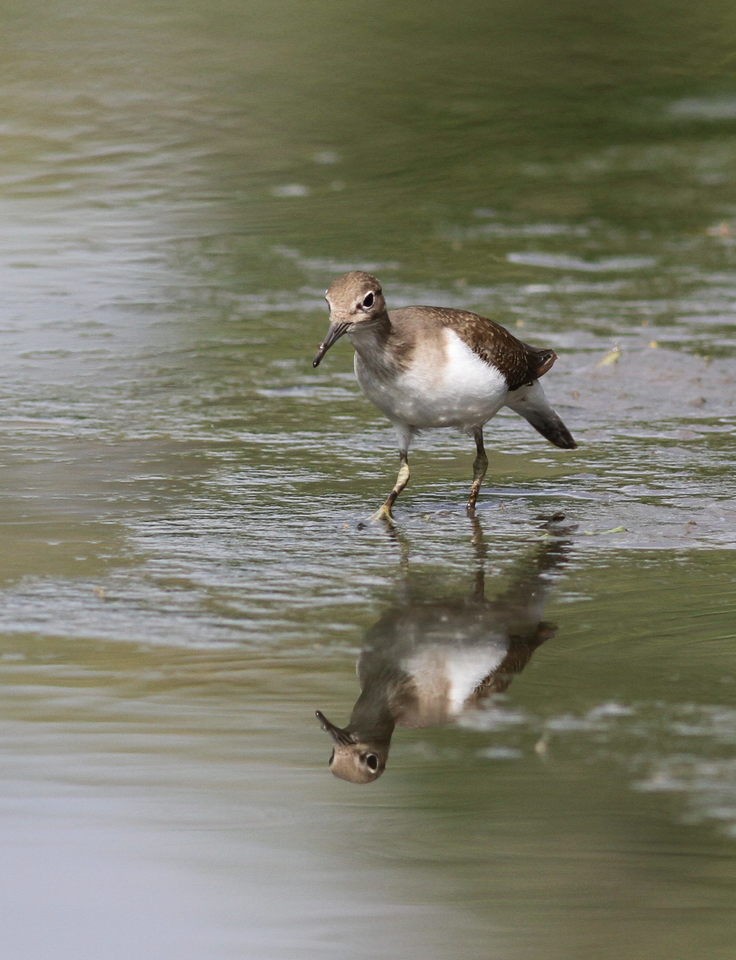Common Sandpiper
A species of Common and Spotted Sandpipers Scientific name : Actitis hypoleucos Genus : Common and Spotted Sandpipers
Common Sandpiper, A species of Common and Spotted Sandpipers
Botanical name: Actitis hypoleucos
Genus: Common and Spotted Sandpipers
Content
Description People often ask General Info
Description
While the common Sandpiper is considered a common shorebird around lakes and rivers, it does have a unique trait. The small bird bobs its tail, giving the appearance of wagging. The bird communicates with others by chirping in the air, but is silent when feeding on small crustaceans and invertebrates.
Size
20 cm
Life Expectancy
10 years
Nest Placement
Ground
Feeding Habits
Common Sandpiper primarily prey on insects, fish, and various invertebrates, both terrestrial and aquatic. They exhibit a distinctive bobbing behavior while foraging along shorelines and shallow water. Their diet includes amphibians and plant material occasionally, showcasing their opportunistic feeding strategy.
Habitat
The common Sandpiper inhabits a variety of environments, typically favoring the margins of freshwater systems and coastal areas across temperate and tropical regions. Their habitats include lakes, ponds, riverbanks with pebbly, sandy, or rocky substrates, and patches of dry meadows. During breeding seasons, common Sandpiper can be found at elevations up to 4000 m, as reported in mountainous areas. Non-breeding habitats are diverse, ranging from coastal shores and estuaries to inland wetlands and urban landscapes, although they tend to avoid large coastal mudflats.
Dite type
Aquatic invertebrate eater
People often ask
General Info
Feeding Habits
Bird food type
Species Status
Not globally threatened.
